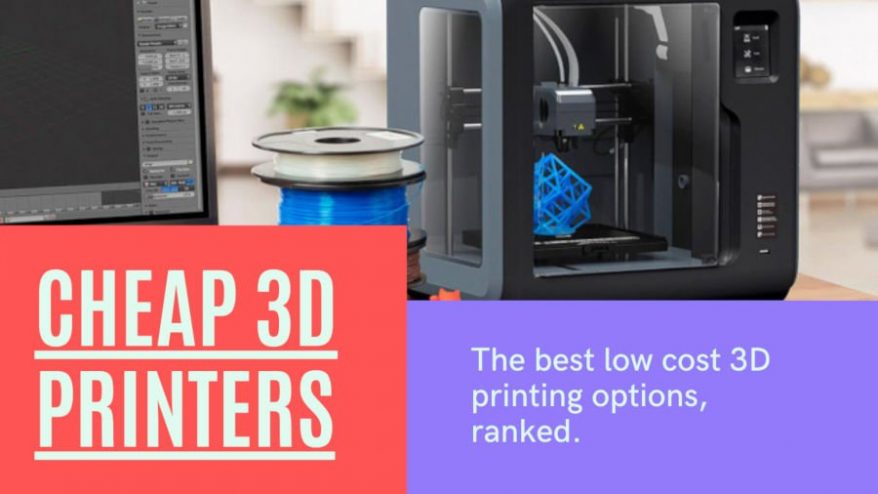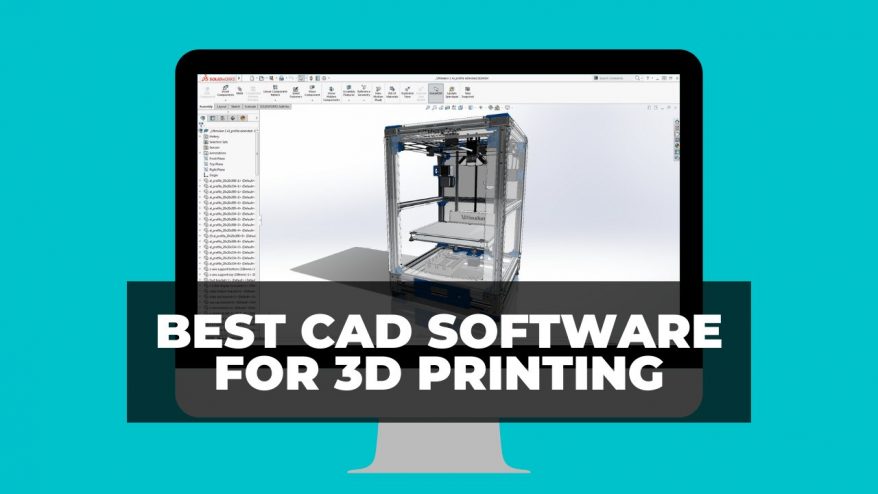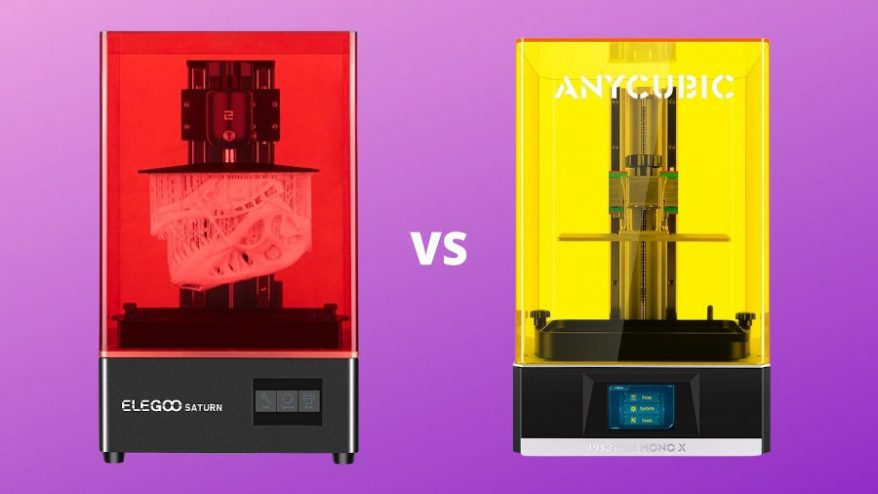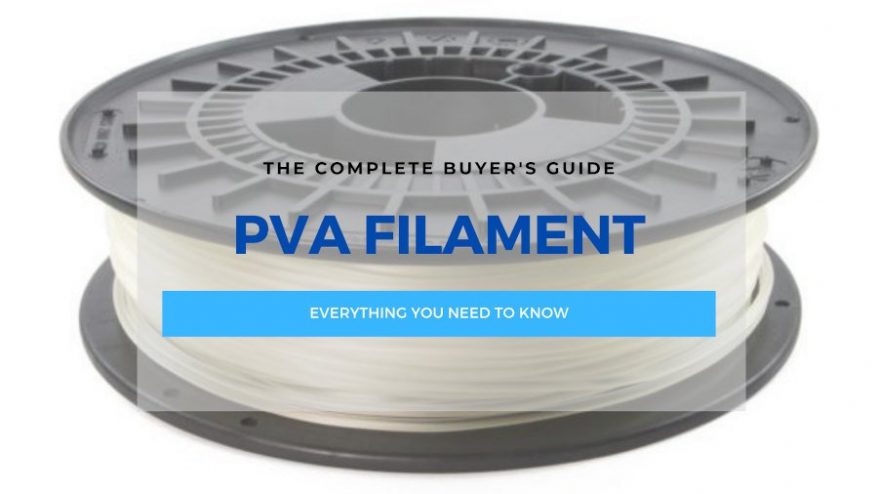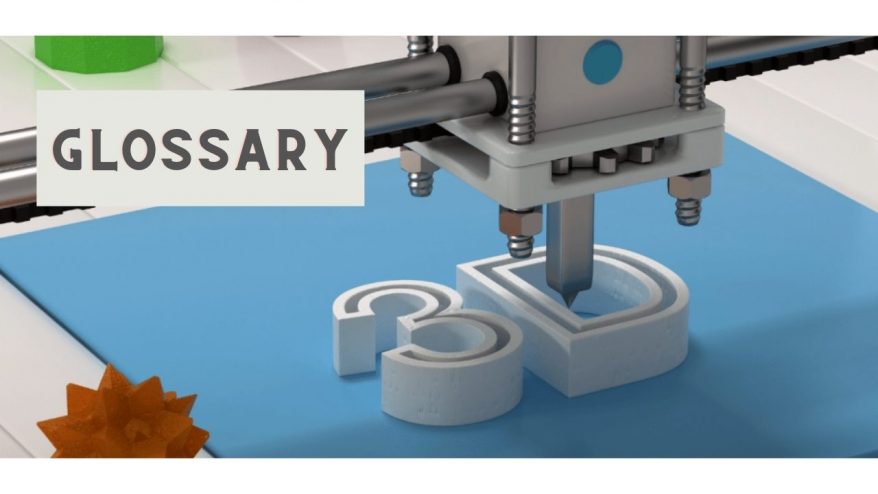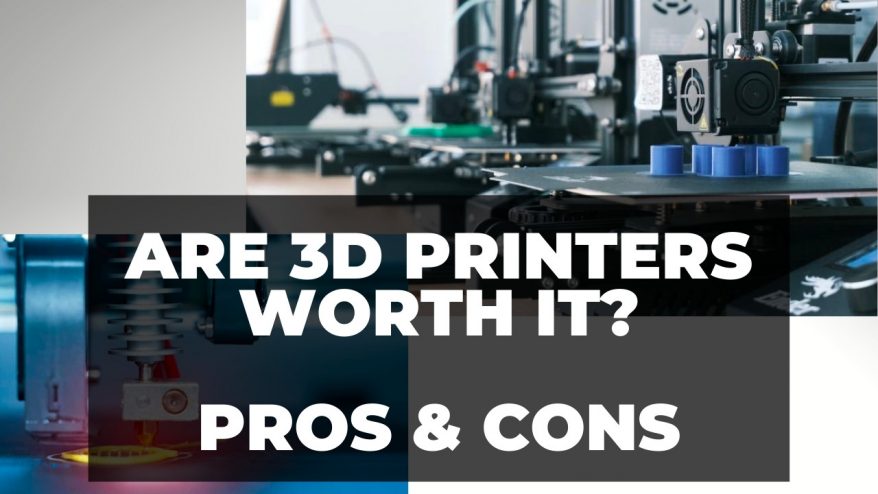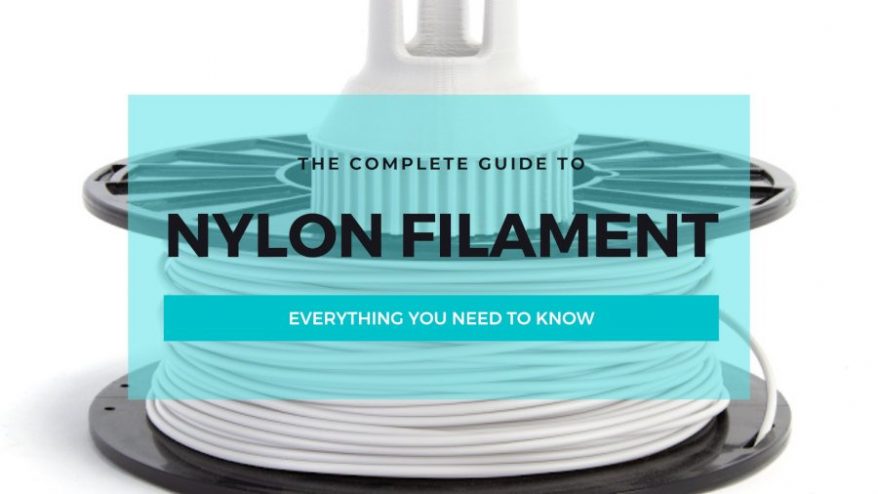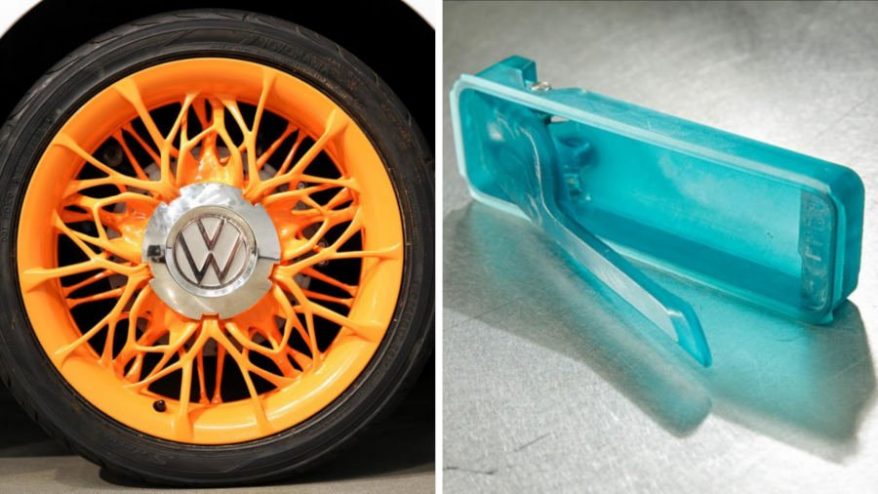
3D Printed Car Parts – From DIY to Restoration


At 3DSourced we’ve covered everything 3D printing and 3D since 2017. Our team has interviewed the most innovative 3D printing experts, tested and reviewed more than 20 of the most popular 3D printers and 3D scanners to give our honest recommendations, and written more than 500 3D printing guides over the last 5 years.
To many, the idea of a 3D printed car is something of a science-fiction concept. However, as 3D printing automotive manufacturing industries grow, so do the possibilities of 3D printed car parts and accessories.
From restoring famous and classic cars to repairing and building modern roadsters, and even designing a working scale model before companies decide to start printing, 3D printing car parts are evolving the age-old motor industry in a cheaper, faster, and more exciting direction.
- This article focuses on car parts. We also have a ranking of the most exciting 3D printed cars.
- 3D Printed Car Additions You Can Make Yourself
- The History of 3D Printed Car Parts
- 3D Printed Car Parts in Classic Car Restoration
- Elvis’ BMW restored using 3D printed car parts
- VW restoring their classic minivan with 3D printed car parts
- Jaguar, Bentley & Bugatti restorations
- Using Additive Manufacturing Car Parts in Customization
- Benefits of 3D printing car parts
- Conclusion: The Future of 3D printed Car Parts
3D Printed Car Additions You Can Make Yourself
While you can’t expect to 3D print a car, or even working car parts, yourself. There are a few neat 3D printed car add-ons you can make to make your driving time more practical and relaxing.
Here are a few prints you can customize and install in your car today that aren;t very complex and so can be done on almost any home printer.
Cup Holder
- Download: Thingiverse
- Designer: Crewdog13X
- Price: Free

While almost any car on the market today will come with cup holders, they’re normally made to a standard size that just doesn’t fit those 14oz+ jumbo drinks we all enjoy sometimes. No judgment, of course, I myself need more coffee than the average writer to even think about putting pen to paper on any given day.
This cup holder was designed to be customizable and fit any size drink into any standard car cup holder. It’s the perfect print suitable for those of you who’ve risked keeping your drink uncomfortably between your knees far too often.
Chewing Gum Box
- Download: Thingiverse
- Designer: stibo
- Price: Free

If added space for drinks isn’t a priority for you, then maybe you’ll instead love this chewing gum box that’s also designed to fit into a standard car cup holder.
Maybe you forgot to brush the morning before a big meeting, or maybe you just want to make sure you’re as confident as possible during a job interview or date, this handy model will make sure your gum and breath mints are kept clean and handy regardless of where you’re going.
Magnetic Phone Holder
- Download: Thingiverse
- Designer: dennisaus
- Price: Free

There was a time when car phones were considered amongst the highest of technological luxuries. Nowadays, however, we carry around essentially tiny all-access computers with us. While texting and driving is a huge no go, we often rely on our smartphone GPS systems to tell us where we’re going.
The most efficient way to use this is by having a phone holder that can also double as a charger, like this model. This not only helps you read those directions clearly and without much distraction from the road, but also makes sure you won’t be left high and dry by your phone battery dying right as you’re wondering which exit you’re supposed to take.
The History of 3D Printed Car Parts
The practice of companies opting to 3D print car parts and their prototypes has been in use for active production from as far back as 1986, when the Ford Motor Company purchased 3D Systems’ third ever SLA 3D printer, the SLA-3.
They used the printer to create prototypes to test the form and fit of their more complex parts, but at the time they were non-functioning and created mainly as demonstrative pieces. This practice has since been adopted by many automotive companies as a cheap and effective means of testing car accessories and other components such as frames and panels.
In recent years, companies have used 3D printing to build commercial cars and professional racing vehicles due to significant cost and time reductions compared to traditional machining. 3D printing working parts has been shown to significantly increase production speed while costing only a fraction of what traditional techniques cost, with some able to build large-scale parts for repair in as little as 4 hours.
Though this process is normally reserved for industrial 3D printers, as most home printers will lack the necessary hardware or filament material compatibility for making durable machine parts ideal for automotive applications (i.e. materials with hight heat resistance and strong enough for high-pressure use).
So you shouldn’t really expect to make your own car parts anytime soon if you’re not a professional. Though you can still make your own parts that don’t need to be actively functional like cup holders.
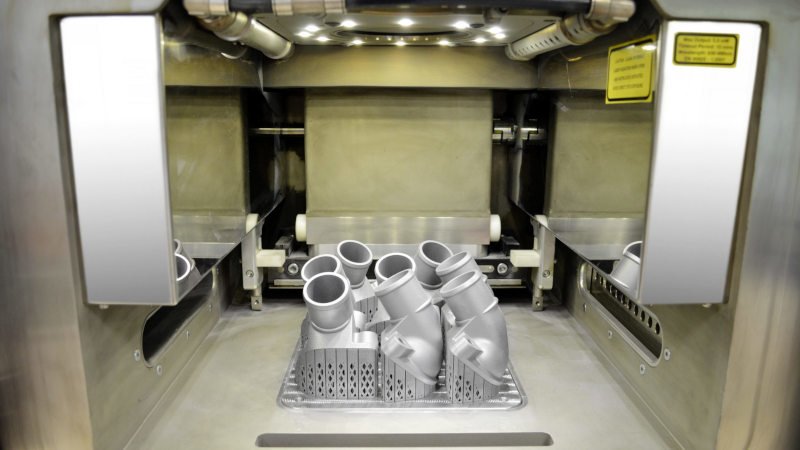
Prototyping and pre-manufacturing tests are important for any engineering industry, with 3D printing now widely used by many automotive companies to iterate and test the effectiveness of various components. Though printing a whole car is still something of a pipe dream for most.
As well as making this process faster and cheaper, it also ensures that failed or defective part designs result in less drastic losses, as the creation and testing of these 3D printed parts do not cost as much time, money, or company resources to create and test, compared with full manufacturing runs. Any form or functional defects can be edited instantly in 3D modeling software before the next iteration is 3D printed to iterate far faster.
Additionally, with the use of flame-retardant materials such as Polyamide 6, 3D printed components comfortably pass flammability requirements and all required safety standards.
3D Printed Car Parts in Classic Car Restoration
These technological advances also bring good news for owners of classic and antique cars. 3D printers can create reliable car parts to replace rare and outdated parts on classic cars from a 3D model. This saves repair and maintenance costs of older cars whose parts may be very expensive or difficult to find.
In some cases, many antique cars use outdated parts that are no longer in circulation – and are therefore impossible to find. A car owner anywhere in the world can use a 3D scanner to scan an existing part from their car, and send the file across the planet to an owner who needs the part. Using a 3D printer, the missing car part can be printed and reinstalled in the car, which would have otherwise been impossible to locate.
Here are a few examples of 3D printed car parts being used to restore classic cars:
Elvis’ BMW restored using 3D printed car parts
Elvis Presley‘s prized BMW 507 was notably restored using 3D printed parts as the car parts needed for a standard restoration were no longer available. Originally released in 1957, the car’s age meant that many of its parts were impossible to locate, so BMW turned to 3D printing to resurrect the King of Rock’s ride.
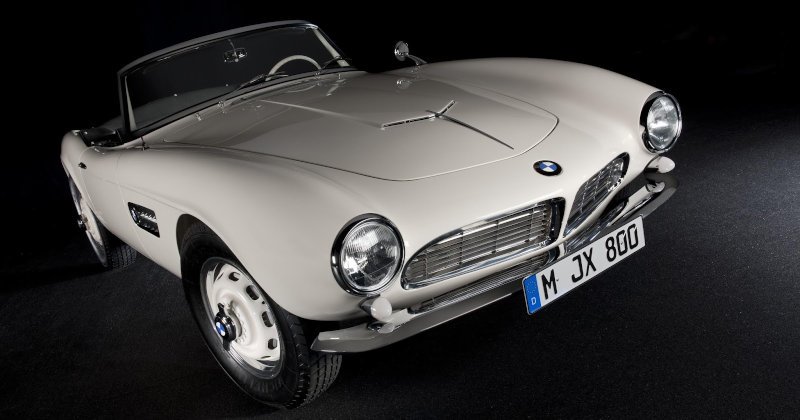
After being bounced from auction to auction, and a brief stint in the BMW automotive museum in Munich, the racer-turned-roadster was eventually left to gather dust on a farm in Alabama. In 2014, BMW bought back the car from a Jack Castor – who had been unaware of the car’s history – and shipped it to Germany to begin restoration.
The restoration took two years, and in 2016 BMW revealed the reborn relic at the Frankfurt Motor Show, restored partially with 3D printed parts including window rollers, door handles and windshield wipers which were 3D scanned from similar models to recreate its appearance from back when Elvis owned it.
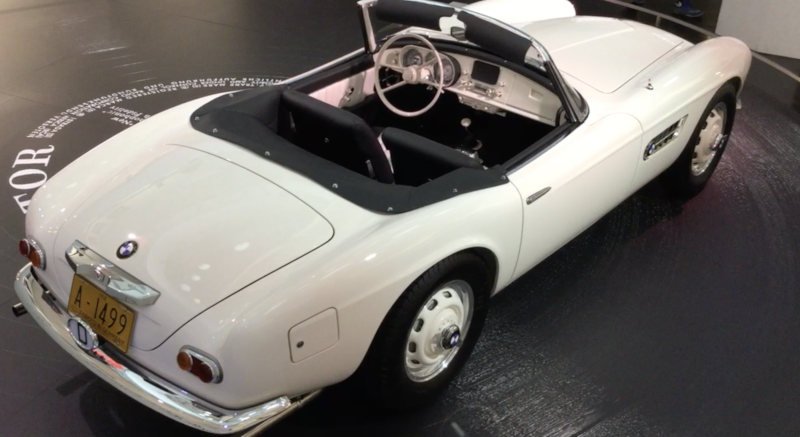
VW restoring their classic minivan with 3D printed car parts
In 2019, Volkswagen looked to 3D printing to remake their iconic 1962 microbus. The sixties icon was re-imagined as an electric vehicle using 3D printed wheels and mirrors. The lightweight nature of the parts added to the microbus’ efficiency, and 3D printing’s versatility meant creating custom shapes for both interior and exterior fixtures to resemble tree roots in bright orange was no problem, adding to the vehicle’s status as a symbol of ‘hippie’ culture.
The aim was to recreate the classic minibus using modern techniques that would blend seamlessly with the vintage aesthetics. 3D printing was chosen to ensure the artistic style and round structure would be consistent with the iconic exterior.
To do this, Volkswagen used a clear resin coated with an electroplated nickel finish to resemble the sheen and smooth shapes that emulate the sixties-era idea of a ‘futuristic’ look. The hubcaps were made using the same bright orange color, while the Volkswagen logo was a contrasting, eye-catching silver.
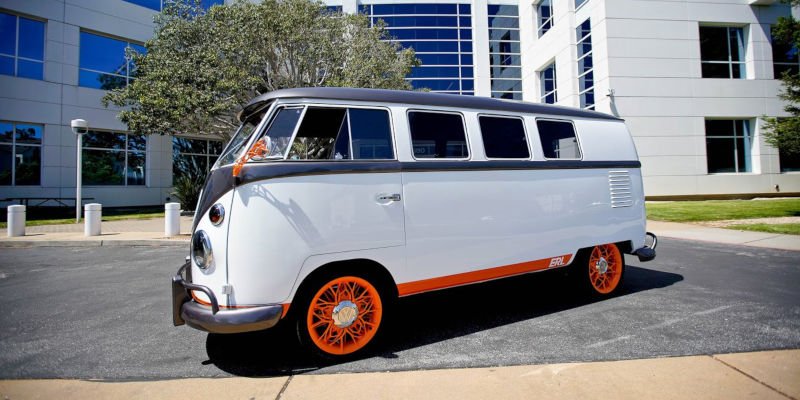
Jaguar, Bentley & Bugatti restorations
Jaguar have also used 3D printing technology to restore the rare XK120 SE, which they revealed in 2017. The full body restoration used 3D printed models to replace various parts and fixtures, including the front and rear lights as well as the back window.
In 2019, automotive company Bentley announced the recreation of their famous 1929 Blowers, a staple of early 20th century European racetracks, by disassembling and scanning the original models for 3D printing to stay as close to the initial designs as possible. They aim to have 12 showcase-ready models in as little as two years.
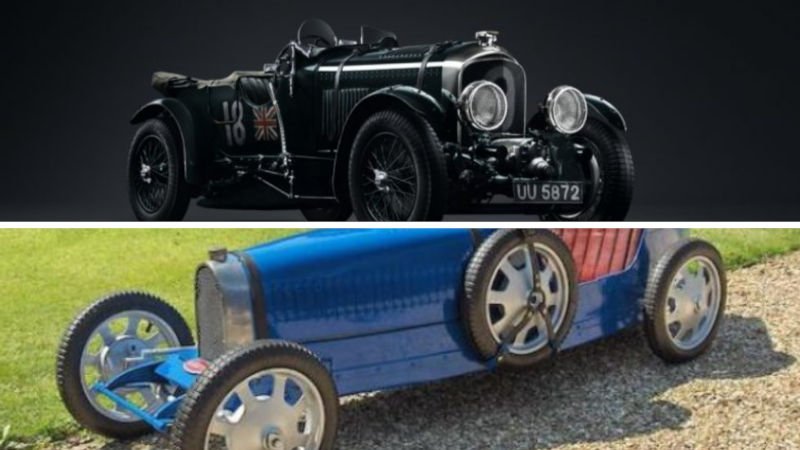
In the same year, Bugatti celebrated their 110th anniversary by recreating their 1926 Bugatti Baby, a tiny race car designed for the Bugatti founder’s son. This Bugatti Baby II is slightly larger than the original and uses mostly 3D printed parts. Bugatti plan to release 500 units as an homage to the original limited line.
These restorations are often labors of love for engineers, and while some cars are restored for commercial purposes, many are done as demonstrative pieces to meld the famous historical roadsters with modern technology, proving the industry hasn’t forgotten its routes.
Using Additive Manufacturing Car Parts in Customization
As well as maintenance, cars can be uniquely customized without spending the money typically required for DIY or professional builds.
Car restorers Ringbrothers have been creating 3D printed car parts customized to each of their customer’s exact needs. These customizations include practical 3D printed fixtures such as hub caps and air vents, to unique aesthetic changes like seats and steering wheels.
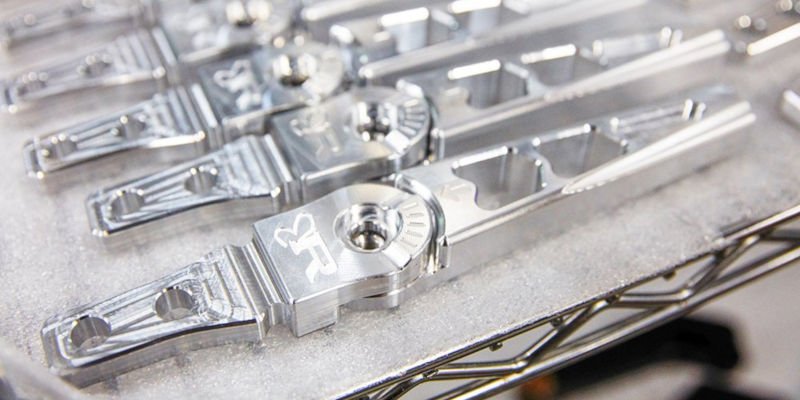
Because traditional customization methods create parts unique to the customer, they are generally made to order, lengthening production times and costs as most parts need to be made from scratch, increasing costs for both manufacturer and consumer.
3D printing these small parts saves time and money for both company and consumer, and the 3D CAD file can be previewed and confirmed by the customer prior to manufacturing to ensure they get exactly what they want.
Benefits of 3D printing car parts
Lighter, cheaper & better for the environment: Not only are 3D printed engine parts faster, cheaper, and a lot easier to produce, but they are also more environmentally friendly. Because of the filaments used in 3D printed materials and tools, they are lighter than their all-metal counterparts, which in turn lowers fuel and energy consumption while increasing production speed.
Most materials and plastic filaments used in 3D printing are low cost and easily recyclable, with key long-term environmental benefits of 3D printing car parts at the end of the vehicle’s life cycle. Car companies are under pressure to reduce their carbon footprint by developing greener vehicles and embracing electric and hybrid engines, for example, with 3D printing integral to their plans.
Producible on demand: Not only do 3D printed parts make vehicles more fuel-efficient, many parts also can also be produced on demand to suit specific needs. Gone are the days where overproduction meant overstocked parts would go to waste.
While scrapping is an option, companies are often reluctant to let go of spare parts they can sell later, and the process of repurposing these parts can be damaging to the environment. Though plastic materials are largely durable and do not biodegrade easily, they are not vulnerable to rust damage that can destroy metal over time — so even old and outdated 3D printed parts can be recycled relatively easily.
Though not recyclable by usual curb-side measures, reducing plastic waste and lowering each car’s carbon footprint during production makes for considerable environmental improvements, which most people would agree is a huge benefit.
Conclusion: The Future of 3D printed Car Parts
The possibilities of 3D printing car parts are limitless. From its early days in rapid prototyping to the fully functioning parts of today, motor companies worldwide are using 3D printing in car parts to benefit themselves, their customers, and the environment.
Automotive manufacturers are always looking to be on the cutting edge of engineering, creating otherwise unobtainable parts and more fuel-efficient cars. 3D printed car parts not only offer clear financial benefits, but several car companies have used the technology to create wild and futuristic remakes of classic cars that demonstrate 3D printing’s powerful customization possibilities.
Thanks to 3D printed parts, restorations no longer need to be a long and painful process, and early designs and famous historical models can be brought back for newer generations of enthusiasts to appreciate firsthand.
For car enthusiasts as well as casual car owners, cheap and easy customization is an incredibly attractive concept, with unmatched accuracy and customization for their cars as a way to showcase their personality to the world.
With 3D printing, the idea of an individual’s ‘dream car’ may not be only at the whims of a manufacturer – but instead made to a consumer’s specifications with a 3D model. The savings made through the 3D printing process will also pass to the customer, making cars using these parts more affordable as well as more efficient, and bringing cars we can all be proud to drive into the mainstream market.
Cars and car parts can also be designed using specialist car design CAD software.
What is the best material for 3D printing car parts?
Due to its high heat resistance and durability, acrylonitrile butadiene styrene (or ABS filament) is considered the ideal material for the production of 3D printing parts and prototypes for cars. Its flexibility and shock resistance makes it great for pieces like bumpers as well as steering wheels and other internal parts.
However, most plastics can’t withstand the high temperatures of a car engine for prolonged periods of time, meaning no materials commonly compatible with a home printer are ideal for working internal parts.
Can PLA be used for car parts?
No. PLA filament is not an ideal material for car parts. Despite how durable it is, its lower resistance to heat, especially over prolonged periods, does not lend themselves well to high-temperature environments such as car engines or even parts within the main body.
Cars left out on particularly hot temperatures can heat to the point where PLA filament will melt and deform, making PLA not an ideal material for 3D printed parts designed for use in or around cars.
Are 3D printed cars legal?
3D printed motors like go-karts and the like may not be street legal, but they are okay to drive around private courses and tracks provided you’ve tested and retested and adhered to all necessary safety procedures.
However, almost every car and respective part have a patent. So 3D printing and using a pre-designed car part is considered copyright infringement and is therefore not legally sanctioned for advertisement or commercial use.







